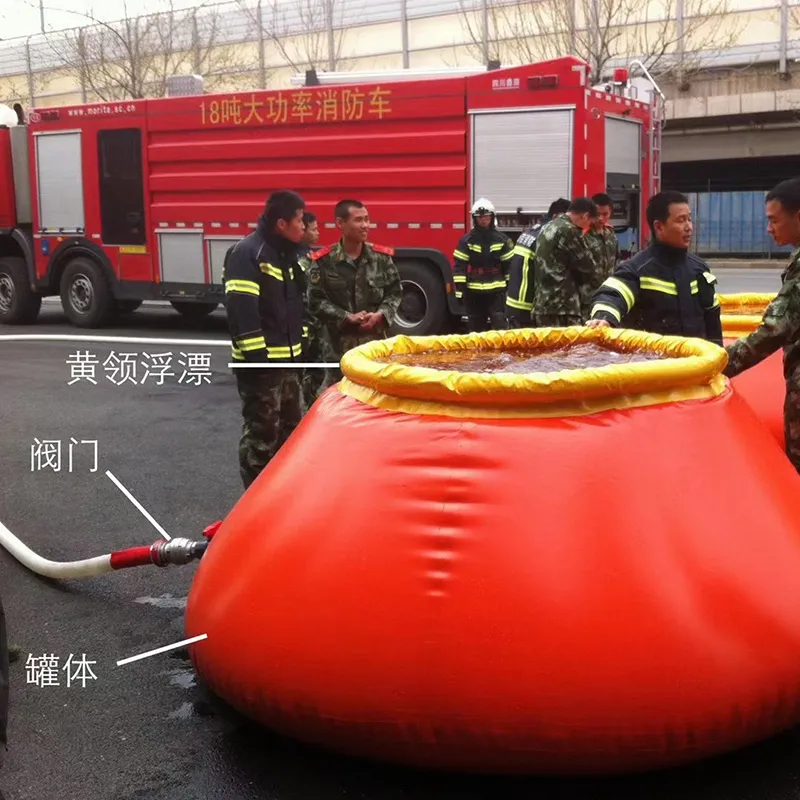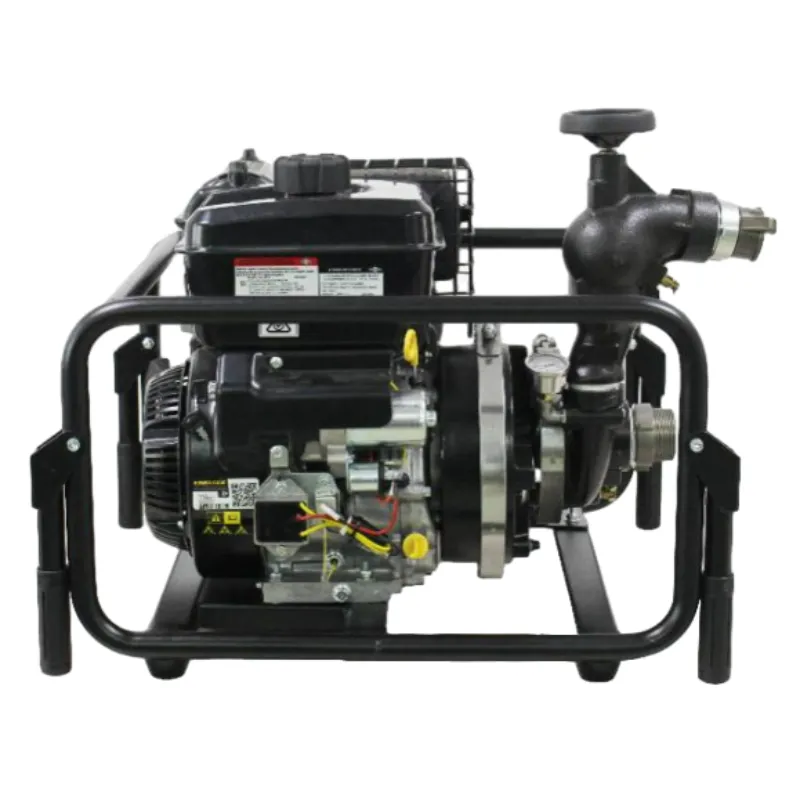

In terms of product selection, several factors should be considered when choosing a suction gauge for a fire pump. Durability and precision are critical—firefighting environments can be harsh, with exposure to extreme temperatures, pressures, and vibrations. Therefore, a high-quality gauge made from robust materials and featuring a design resistant to such conditions is essential. Easy readability, with a clear and uncluttered dial, is also important for swift and accurate monitoring under pressure. Another important consideration is the compatibility of the gauge with various pump models and configurations. Firefighting operations can differ significantly depending on the location and type of hazard being addressed. Therefore, a versatile gauge that can adapt to different setups can add significant value. Advanced gauges with digital displays and connectivity options, like Bluetooth or Wi-Fi, offer enhanced functionality. These features can facilitate continuous monitoring and data logging, enabling trend analysis and predictive maintenance. Technological advancements have made these sophisticated options increasingly reliable and cost-effective, making them a worthy investment. In conclusion, understanding the role and importance of a suction gauge on a fire pump extends beyond mere technicalities. It's about fostering a culture of preparedness and reliability in firefighting operations. When chosen and used wisely, a suction gauge can offer comprehensive insights into a fire pump's performance, helping safeguard property and lives. By leveraging this tool, operators can maintain the integrity and efficacy of their firefighting systems, ensuring they stand ready to face emergencies with confidence. Therefore, selecting the right suction gauge, maintaining it properly, and interpreting its readings accurately should be a top priority for all those involved in fire safety and prevention.





























